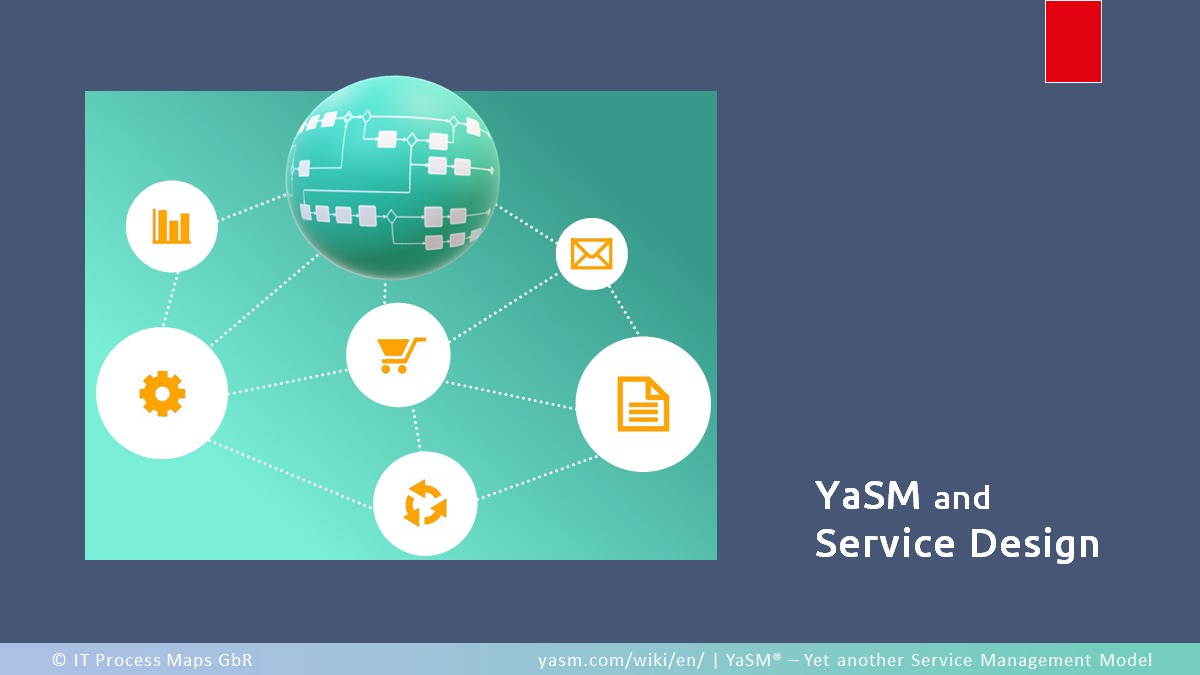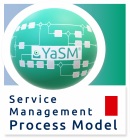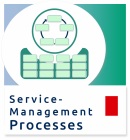Service Design
The aim of service design is to develop service solutions that meet the current and future needs of the customers. This includes high-level activities such as identification of customer requirements, definition of service properties, and production of a plan or blueprint for implementing and operating the services.
Service design in the ITSM frameworks
All popular service management frameworks and standards cover the topic of service design.
ITIL® 4 refers to service design as a practice. Its purpose is "to design products and services that are fit for purpose, fit for use, and that can be delivered by the organization and its ecosystem" [1]. In addition, ITIL v4 introduces service design as a key activity of the service value chain.
ITIL V3 presents service design as the second stage in the service lifecycle [2] that is made up of eight processes:
- Design coordination
- Service catalogue management
- Service level management
- Availability management
- Capacity management
- IT service continuity management
- Information security management
- Supplier management.
In VeriSM™, we find service design as a high-level stage of the VeriSM model.
And finally, ISO 20000, the international standard for service management, includes specific requirements for the planning and design of new or changed services.
Service design process in YaSM
The YaSM service management model translates the guidance from the various ITSM frameworks into a streamlined service design process. In fact, service design according to YaSM is quite straightforward. It gets triggered by the strategic process once a decision has been made that a new service is to be developed.
The service design process includes the following sub-processes:
- Define the required service properties
- Design required service and SMS components
- Outline the implementation approach
- Prepare the service implementation.
For each sub-process, YaSM provides a detailed template that describes the process activities, roles, inputs and outputs.
In addition, the YaSM model contains document templates for the key outputs from the service design process:
- the service definition defines the properties of the services to be created
- the service implementation blueprint identifies the capabilities required for providing the services, such as technical infrastructure, processes, etc., and outlines the approach to creating these capabilities.
All of this is quite straightforward. You can find a complete description of the service design process according to YaSM here in the Service Management Wiki, including definitions of the sub-processes, details about the process outputs, and a RACI matrix.
Video

In this video you'll learn more about why service definitions are so useful and how they play a key role in YaSM service management.
(From our video series "The simple principles of good service management").
Watch the video:
⯈ Vaguely defined services can't be managed (8:03 min.)
Related pages
- YaSM service management processes ➔ LP2: Design new or changed services
- ITIL 4 practices and YaSM processes
- YaSM and ITIL V3 ➔ YaSM vs. ITIL service design
External links and references
[a] IT Process Wiki - ITIL Service Design. -- S. Kempter: IT Process Wiki, "ITIL Service Design. - IT Process Maps; Lindau (Bodensee), Germany.
[1] AXELOS, 2019. -- AXELOS: ITIL® Foundation, ITIL 4 Edition. - The Stationery Office; Norwich, UK, 2019.
[2] Cabinet Office, 2011. -- The Cabinet Office: ITIL® Service Design (2011 Edition). - The Stationery Office; London, UK, July 2011.
By: Stefan Kempter ![]() , IT Process Maps.
, IT Process Maps.
Service design in the ITSM frameworks › Service design process in YaSM › Video






